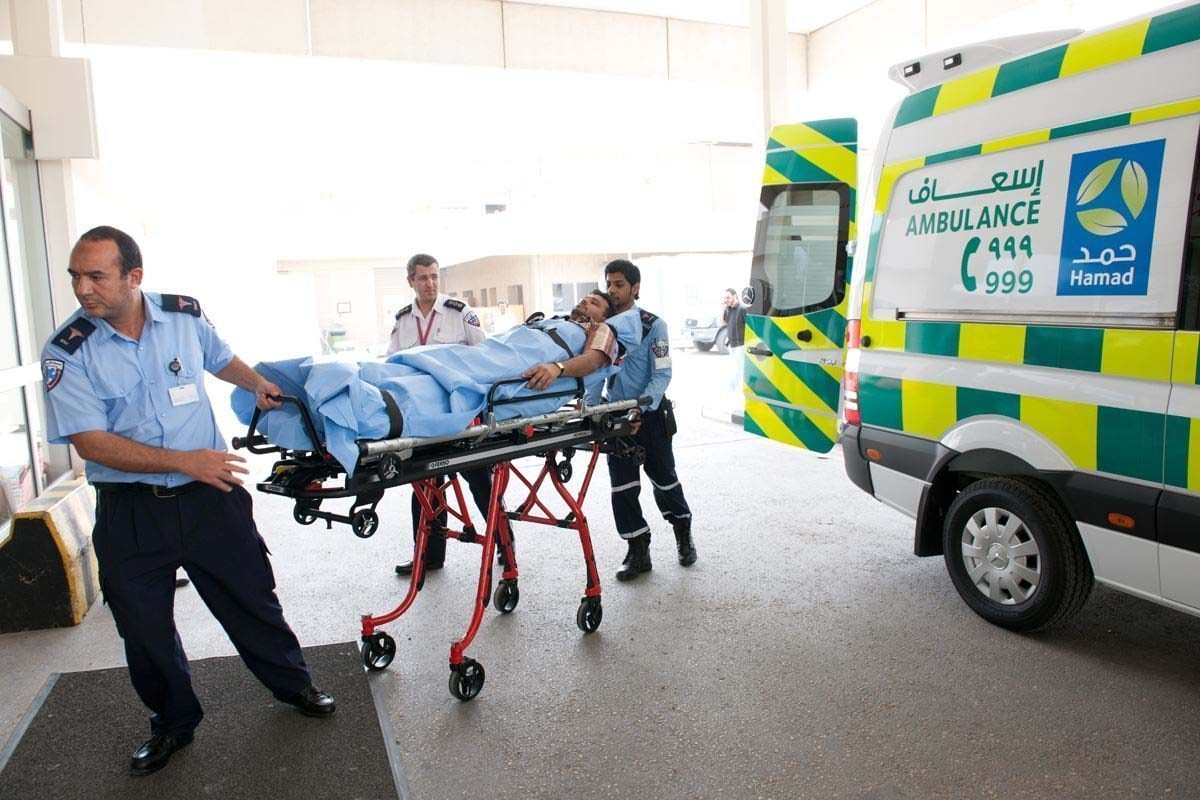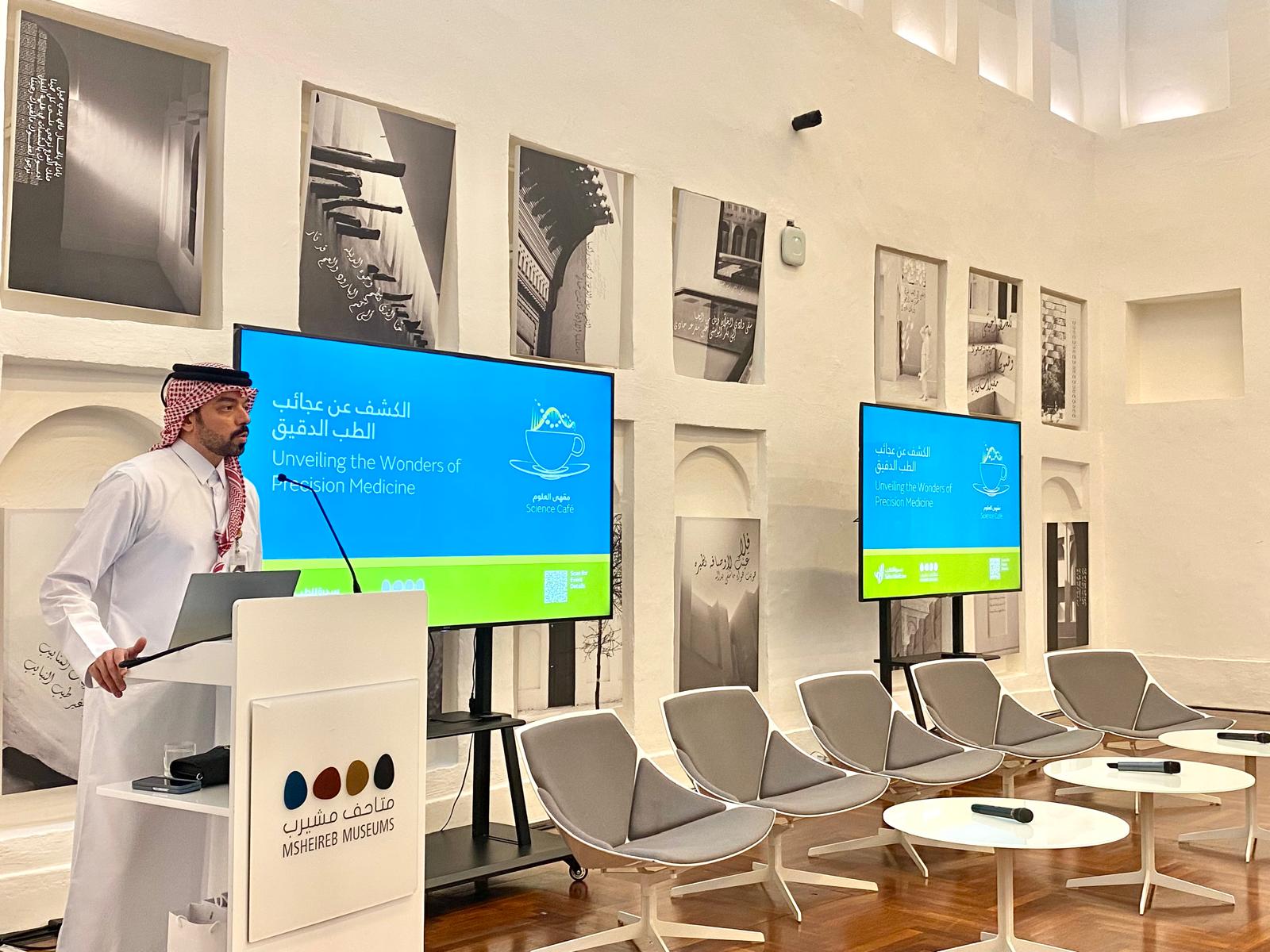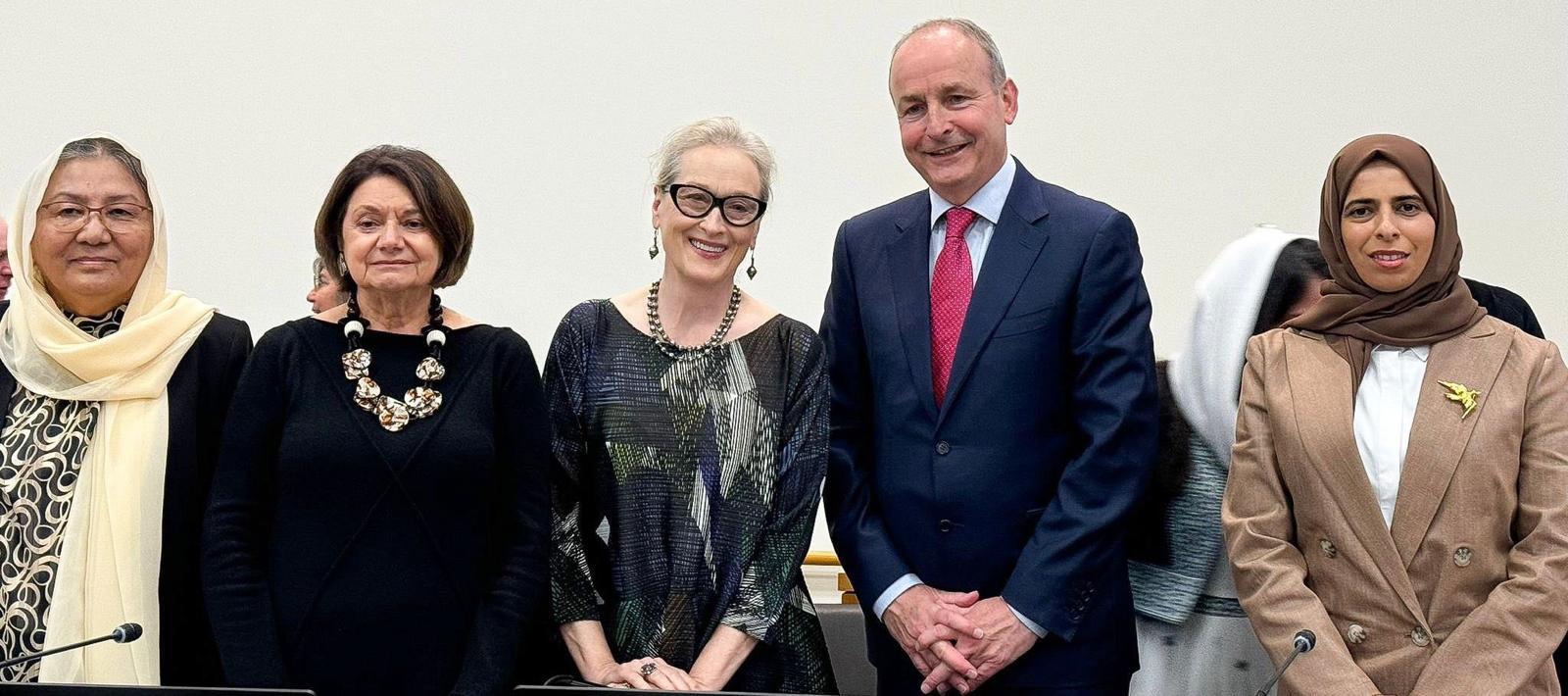
Updated at 10:45am on Feb. 18 to include more background on Hamad Medical Corp.’s ambulance operations.
In a bid to reduce emergency response times, Qatar is outfitting select government vehicles with new technology that allows them to change traffic signals as they approach.
On Monday, the country’s public works authority, Ashghal, held a press conference to display the new technology, which would help vehicles caught up in Doha’s increasingly congested roads.
Currently, emergency vehicles approaching red lights in rush hour traffic frequently become stuck behind dense columns of cars and trucks that are unable to move out of the way or clear a path for fire trucks and ambulances to get through.
And as Qatar’s population increases, so too does the number of cars and trucks on the country’s strained road network. The Traffic Department said the number of registered vehicles increased 7.6 percent in 2012 to 879,039 – more than 200,000 more cars than in 2010.
The system being rolled out by Ashghal, Civil Defense and Hamad Medical Corp. (HMC) enables emergency vehicles to transmit a signal to change the traffic lights several hundred meters ahead of them.
The new service would only be used by first responders in “critical situations,” Ashghal said in a statement.
Details
There are currently 25 ambulances and Civil Defense vehicles capable of changing the lights at slightly more than 30 intersections. Both numbers are expected to increase as the system grows, Ashghal said.
A map shows that most of the enabled intersections are located on C-Ring Road and Al Matar Street. Several more are located on D-Ring Road, The Corniche and Majlis Al Taawon Street.
The program’s roll-out is targeted in areas of high residential density and where officials believe the vehicles can have the greatest impact on response times.
Last fall, HMC beefed up its service in rural parts of Qatar by opening a new ambulance and emergency center in the Sealine area as well as commissioning four new 4x4s, three new helicopters and more than 100 ambulances in 2013.
HMC said it currently has 70 emergency ambulances and 18 non-emergency ambulances in service at peak times. These are augmented by two 24-hour helicopter ambulances and up to 22 rapid response vehicles staffed by, for example, supervisors and critical care paramedics.
HMC’s emergency services branch employs some 1,800 individuals, the majority of whom are front-line paramedics and responders, the local health institution said.
The country’s primary health-care provider recently said that average response times fell in 2012 to eight minutes and 20 seconds, an improvement from 11 minutes a year earlier.
In a written response to questions, HMC said it has consistently exceeded the response time targets set out by the Supreme Council of Health. Within urban areas, HMC is required to respond to 75 percent of calls where the patient’s life is threatened within 10 minutes and 95 percent within 15 minutes. In rural areas, paramedics must respond to 75 percent of calls where the patient’s life is in danger within 15 minutes and 95 percent within 20 minutes.
But despite the additional resources and apparent improvement in response times, HMC has come under criticism in recent years from the families of accident victims who allege that faster response times could have saved their loved ones.
In 2012, the mother of an eight-year-old boy who drowned at the Aqua Park (which is some 40km outside of Doha) said it took emergency crews 40 minutes to arrive, although authorities countered that claim by saying an ambulance was on site within 15 to 20 minutes.
And last year, the father of a five-year-old boy who fell into an uncovered sewage maintenance hole in Abu Hamour said it took nearly 40 minutes for paramedics to arrive.
HMC said its ambulance service received approximately 130,000 calls for service last year, 23 percent increase over 2012.
Ambulance stations
In a separate initiative, Gulf Contracting Co. told Doha News in December that its subsidiary, Spacemaker, is supplying HMC with 20 relocatable ambulance stations as part of a new initiative to install remote staging posts for emergency crews.
These primarily solar-powered stations are located across the country, from Al Shamal to Mesaieed, but are mostly concentrated in high-density areas of Doha, according to a Gulf Contracting official, who added that the goal is to reduce the time it takes for ambulances to respond to traffic accidents.
HMC said it currently has six main ambulance stations as well as 48 dispatch points where ambulances wait for calls.
Earlier this week, the Peninsula reported that little progress has been made in constructing permanent ambulance stations on 26 sites that had been identified more than a year ago.
The newspaper, citing Arabic daily Al Sharq, said the Central Municipal Council was asking the government to step in and expedite the project.
Thoughts?







